The TCS34725 is a popular and versatile RGB (Red, Green, Blue) Color Recognition Sensor with an IR (Infrared) blocking filter. It allows you to detect the color of objects by measuring the intensity of red, green, blue, and clear (white) light. This sensor is widely used in various applications, especially with microcontrollers like Arduino and Raspberry Pi.
Here’s a breakdown of its key features and characteristics:
Core Features:
- RGB and Clear Light Sensing: It has photodiodes sensitive to red, green, blue, and clear light. The clear light reading can be used as a reference or for ambient light sensing.
- Integrated IR Blocking Filter: This is a crucial feature. Most light sources contain infrared light, which is invisible to the human eye but can significantly affect color readings. The IR blocking filter minimizes the influence of IR, leading to more accurate color measurements that better represent what humans perceive.
- High Sensitivity and Wide Dynamic Range: The TCS34725 boasts a high sensitivity, making it capable of detecting colors even under low light conditions. Its wide dynamic range (typically 3,800,000:1) allows it to accurately measure colors across a broad range of light intensities, even behind dark glass.
- Programmable Analog Gain and Integration Time: These features allow you to adjust the sensor’s sensitivity and the time it takes to collect light data. This programmability enables optimization for different lighting conditions and measurement speeds. Higher gain and longer integration times are suitable for low light, while lower gain and shorter times are better for bright light or fast measurements.
- I2C Interface: It communicates with microcontrollers using the simple and widely supported I2C (Inter-Integrated Circuit) protocol. This typically requires only two data lines (SDA and SCL) and power/ground.
- Low Power Consumption: The sensor is designed for low power operation, making it suitable for battery-powered applications. It often includes a low-power sleep state to conserve energy when not actively taking measurements.
- Interrupt Functionality: Some modules based on the TCS34725 chip offer a programmable interrupt feature. This allows the sensor to alert the microcontroller when a certain light or color threshold is crossed, reducing the need for continuous polling.
- Small Form Factor: The TCS34725 chip itself is typically housed in a small surface-mount package, making it easy to integrate into compact designs. Breakout boards are commonly available to make it easier to interface with development platforms.
- Optional Onboard LED: Many TCS34725 breakout boards include a white LED that can be used to illuminate the object being sensed. This provides a consistent light source and can improve the accuracy of color readings, especially in environments with varying ambient light. The LED is usually controllable via a dedicated pin.
Typical Applications:
- Color Identification and Sorting: Identifying the color of objects in industrial automation, quality control, or robotics.
- Ambient Light Sensing: Adjusting the brightness of displays based on the surrounding light levels.
- RGB LED Backlight Control: Automatically adjusting the color and intensity of RGB LEDs based on detected colors.
- Product Color Verification: Ensuring the color consistency of manufactured goods.
- Fluid and Gas Analysis: In some specialized applications, color changes in fluids or gases can be detected.
- Educational Projects: Demonstrating color sensing principles in science and engineering education.
- DIY and Hobbyist Projects: Creating interactive color-based projects, art installations, and environmental sensors.
How it Works:
The TCS34725 uses an array of photodiodes with different color filters (red, green, blue) and some without filters (clear). When light falls on the sensor, each photodiode generates a current proportional to the intensity of the light in its specific spectral range. These analog signals are then converted to digital values by internal Analog-to-Digital Converters (ADCs). The microcontroller can then read these digital RGB and clear values over the I2C interface and use them to determine the color of the object being sensed.
Interfacing:
Interfacing with the TCS34725 typically involves connecting it to a microcontroller’s I2C pins (SDA, SCL), power (VCC), and ground (GND). Libraries are readily available for popular platforms like Arduino and Raspberry Pi, which simplify the process of initializing the sensor, configuring its settings (gain, integration time), and reading the color data.
In summary, the TCS34725 is a highly capable and widely used RGB color recognition sensor that offers accurate color measurements thanks to its integrated IR blocking filter and programmable settings. Its ease of use with microcontrollers via the I2C interface makes it an excellent choice for a wide range of color-sensing applications.
You must be logged in to post a review.

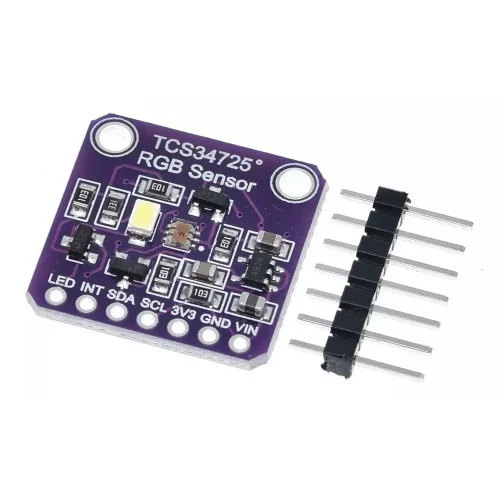
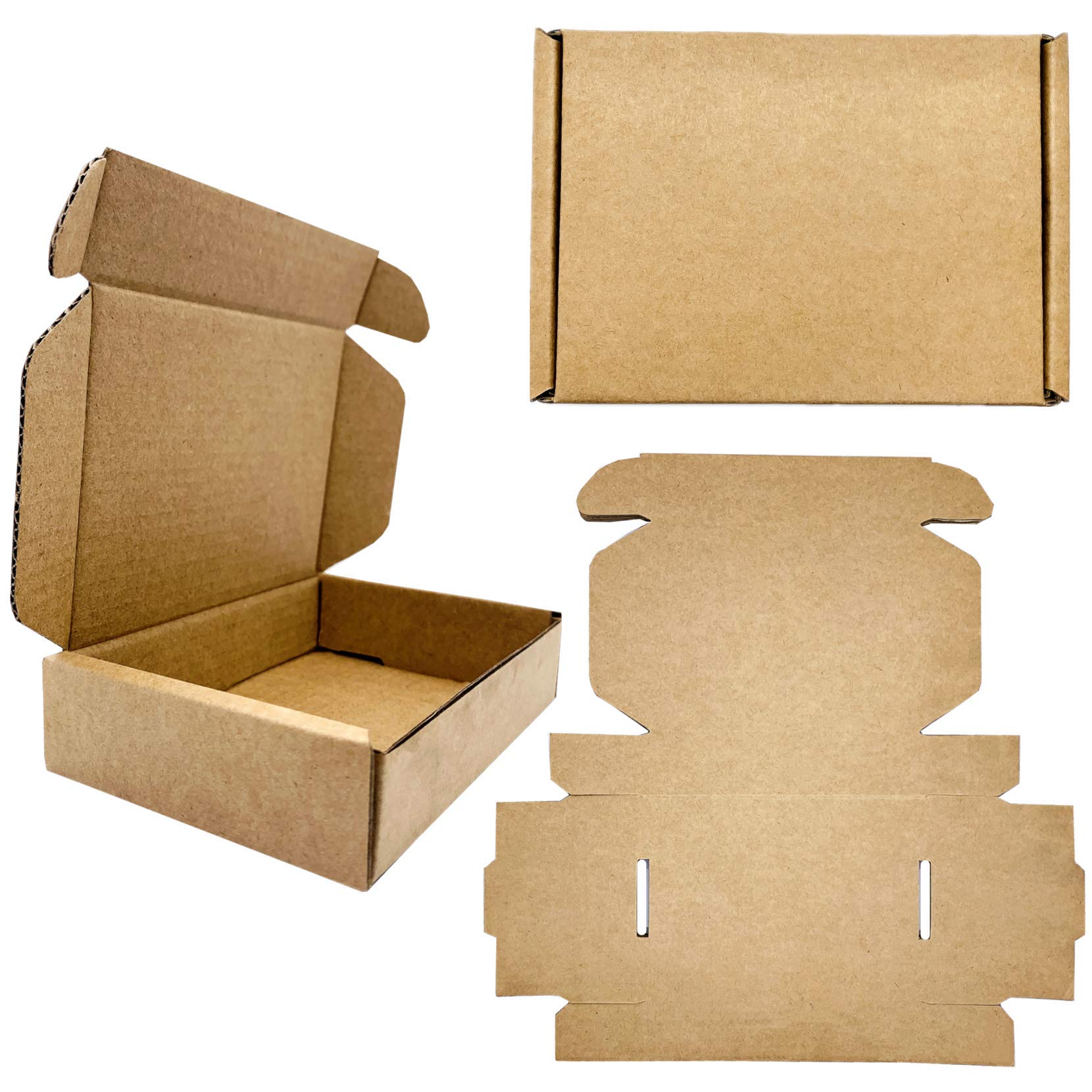
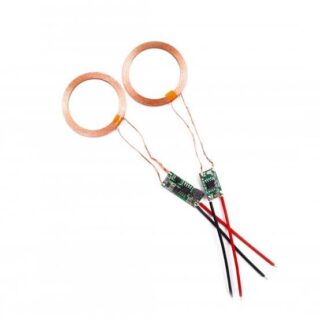
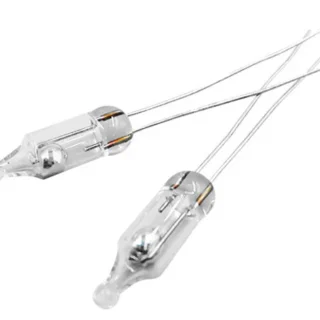

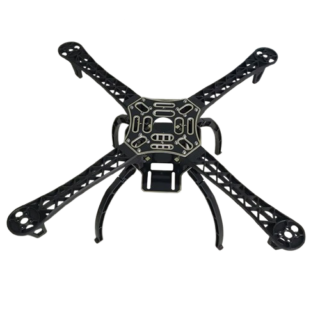
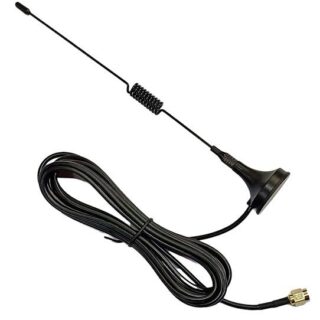
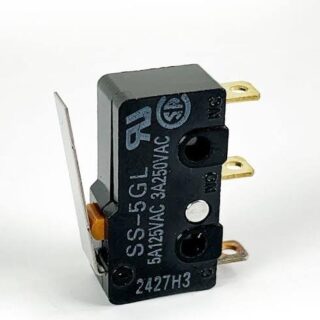
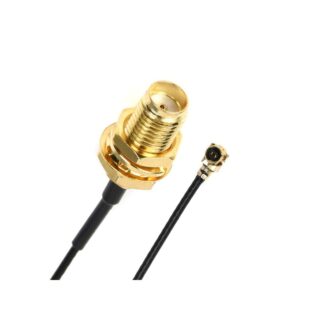
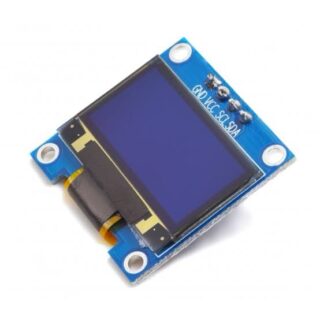
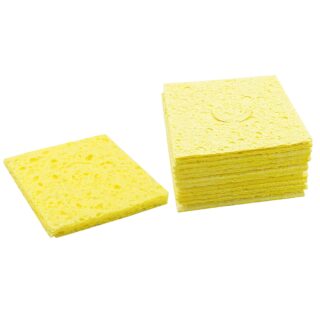
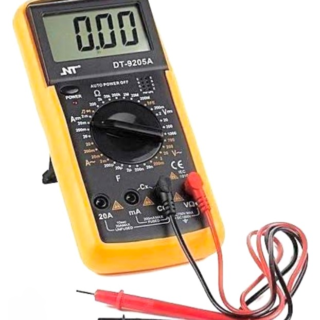
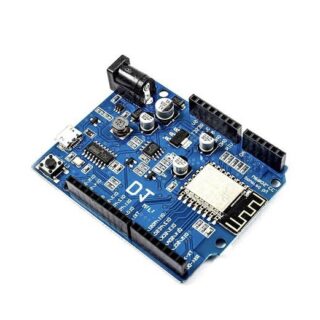


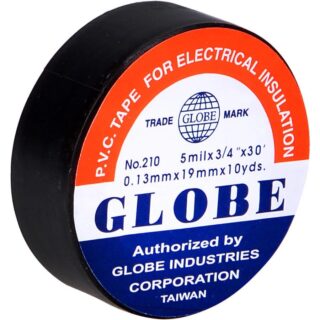
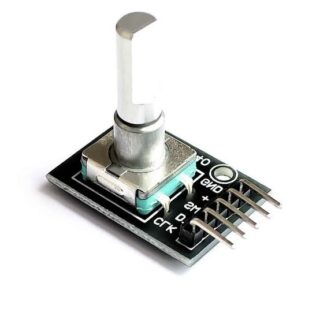
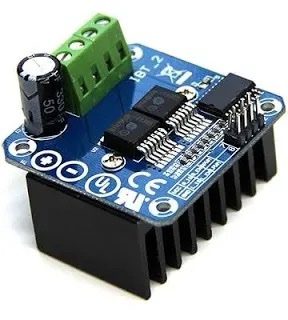
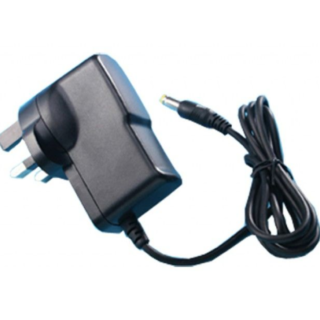



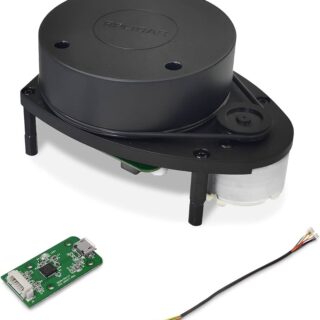
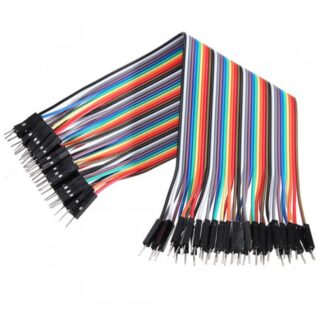
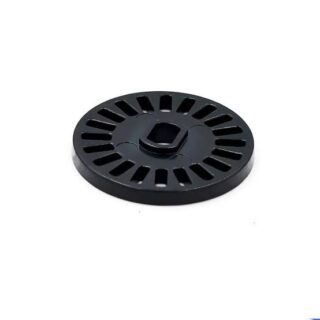
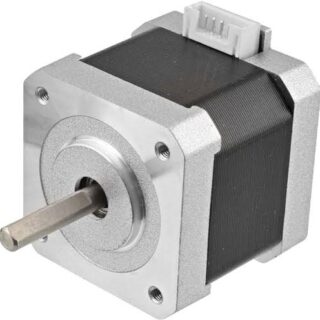


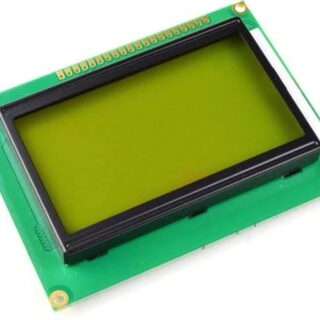
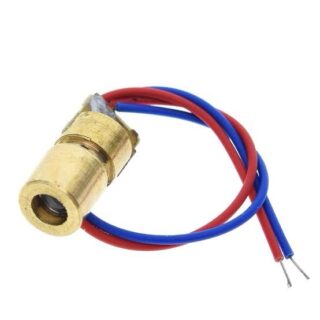
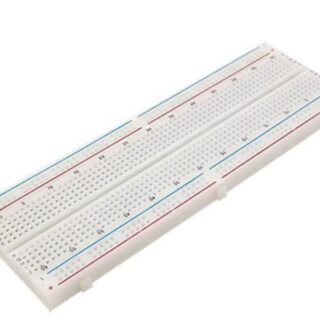

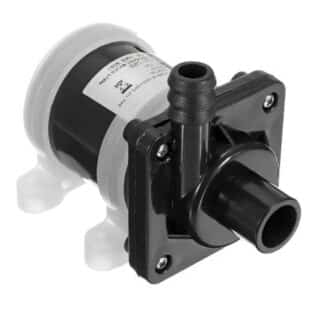
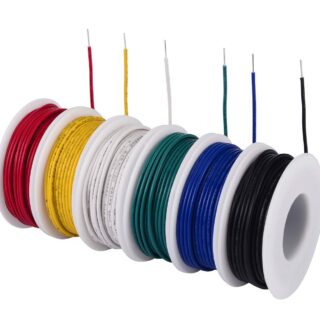
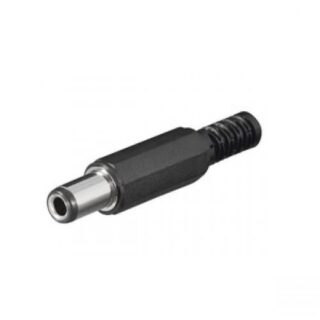


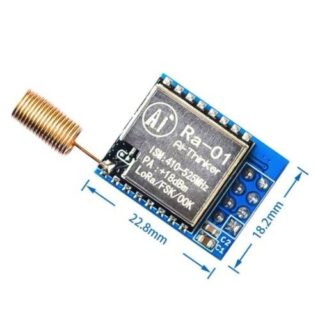
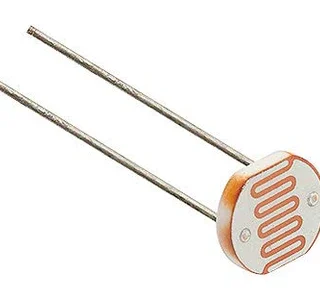


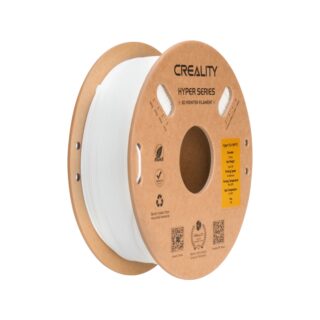
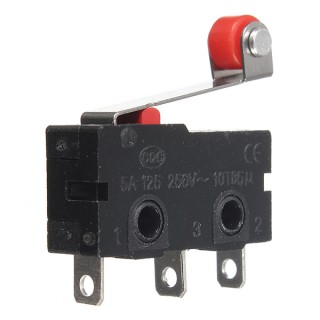
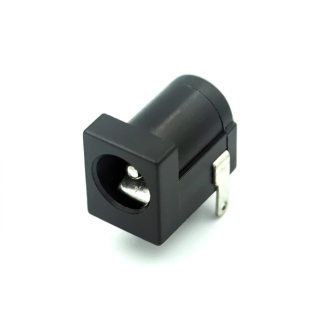
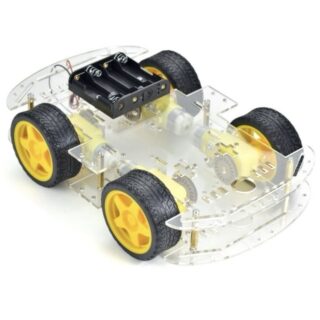
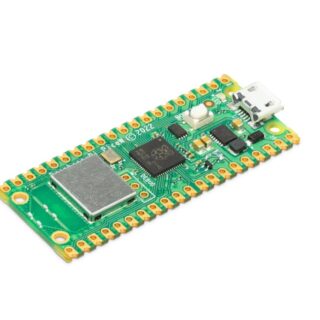
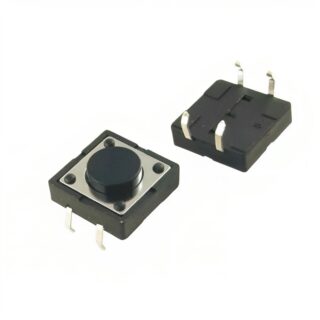
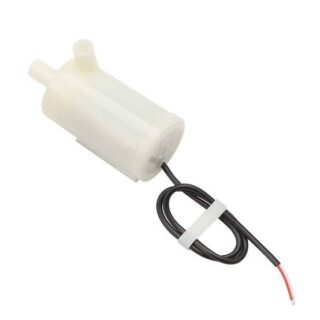
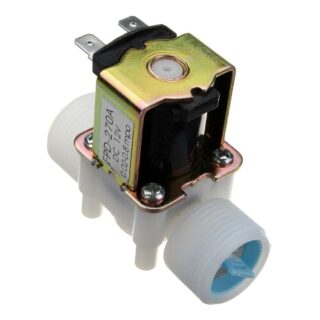




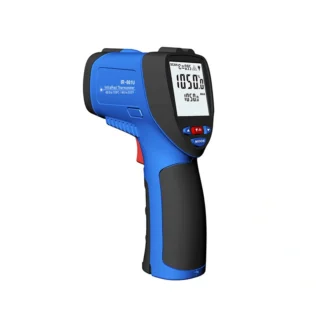
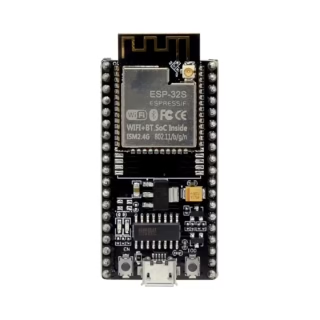
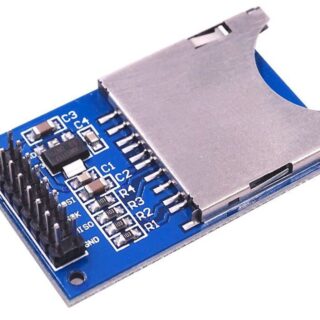
Reviews
There are no reviews yet.